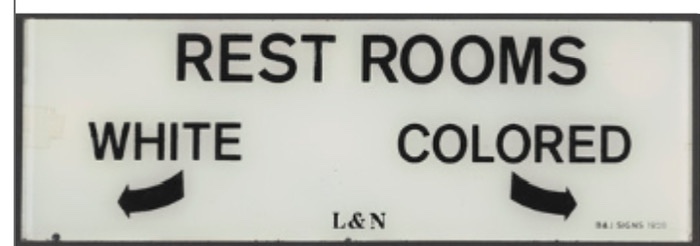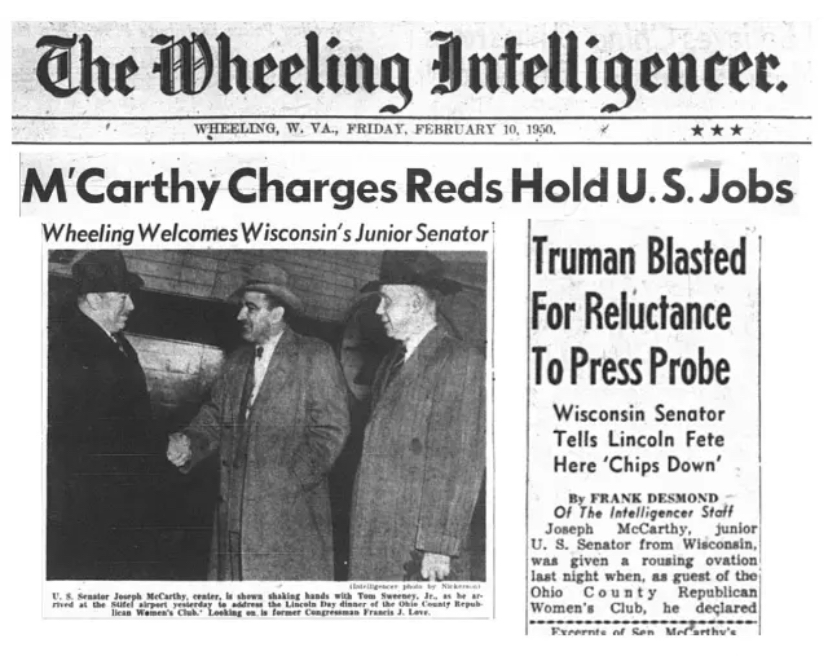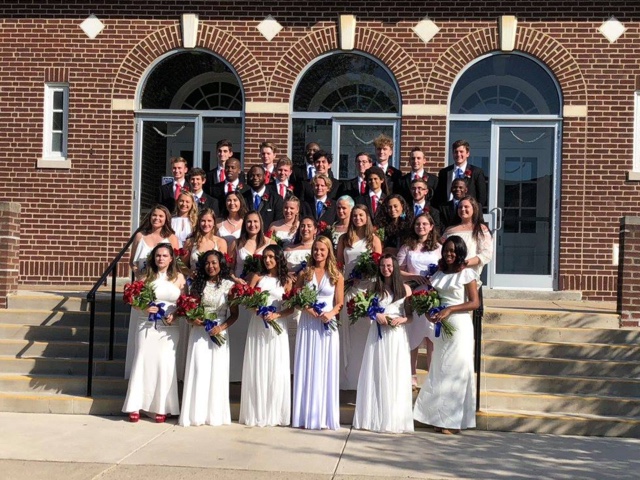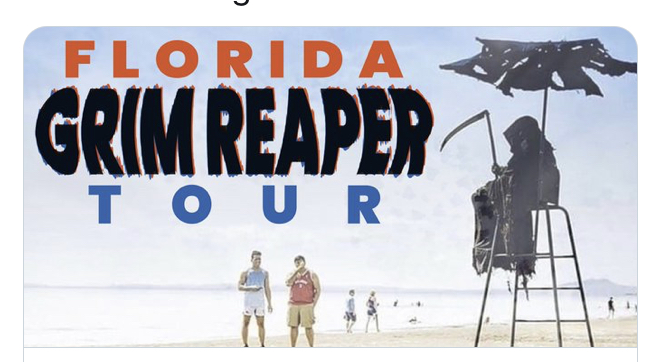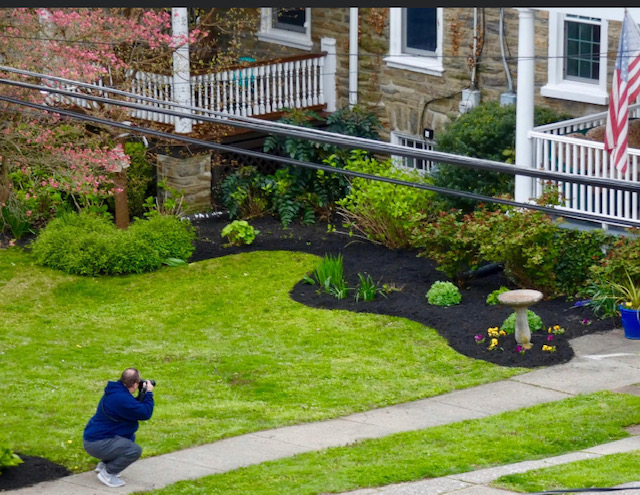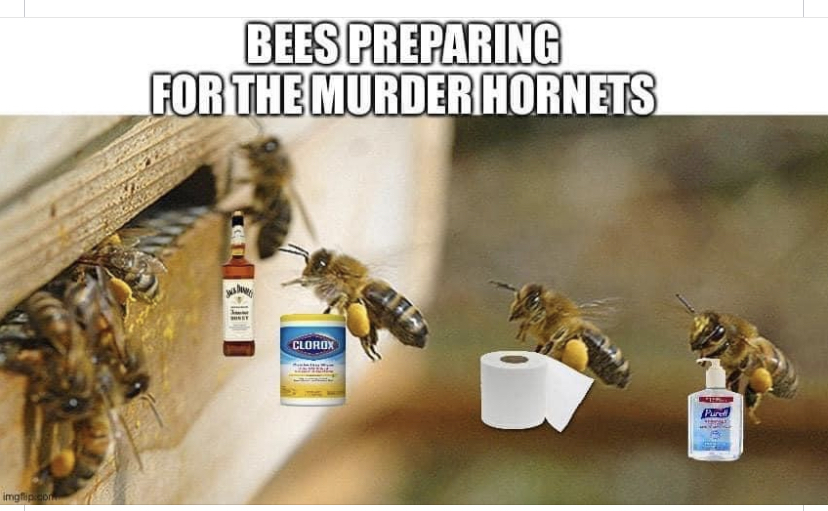Someone asked me a few days ago if the reason I hadn’t posted a blog update in two months was because I was afraid. Well, yes—anyone who speaks up right now has good reason to be a tad shook, especially if you first came to this country as an Immigrant. (If you’re interested, my story is here: https://abroadintheusa.com/2017/01/30/becoming-a-u-s-citizen/) But realistically no, I’m not particularly scared – I’m white, silver-haired, and when needed can ramp up the accent into the lofty heights of genteel Home Counties in a way that, from experience, makes many Americans swoon.
Rather, the sheer volume of crap hitting us over the past two months has been overwhelming.

I’ve started and given up on half a dozen posts. There’s the illegal kidnapping and rendition of so-called gang members to El Salvador and Djibouti without due process, the courts yelling “you can’t do that!” and the regime basically shrugging. We’ve had the Secretary of Health and Human Services, R. F. Kennedy Jr, aka the eugenicist in chief, wanting to set up a “national registry of people with an autism diagnosis.” It seems to have been quietly dropped, for now, but how chilling is that? Oh, and there was the bonkers idea to give women who have six or more babies a medal and a “birth bonus” of $5,000 (guess who did that first? Yep, Germany under the Nazis). Also, tell me you’ve never had to pay for healthcare in the US without saying it; $5,000 to cover the cost of childbirth barely scratches the surface.
So as best I can, here’s a look at some of the events over the past few days, starting with ICE agents raiding Home Depot parking lots and restaurants, schools and Immigration Courts—because the “violent criminals and drug dealers” are notorious for showing up at a parking lot at 6:00am looking for day labor work, reporting to the local pizza place for a 10-hour shift washing dishes, and dutifully complying with Immigration Court orders. (FYI, ICE stands for Immigration and Customs Enforcement, and was set up under the umbrella of the new Department of Homeland Security in 2002.)

Picture from the local KUOW media station in Seattle.
ICE have been doing this for weeks now, all across the country. (Some of the earliest raids happened in Chicago, but ICE staff complained they couldn’t do much there because too many Chicagoans “know their rights.”) On Friday June 6th, the raids ramped up in LA.
So, LA residents started to protest—with mariachi bands and line dancing, and hot dog sellers rocking up to feed everyone. And all of this took place in only one small area of the vast urban sprawl of the city. Yes, there were some pockets of aggression, but people who actually live in LA have been emphasizing that the violence has been very much from ICE agents using flash grenades, tear gas, and rubber bullets on basically peaceful protestors. Then Trump sent in the National Guard.

This is a map of greater LA. The city boundary is the thick black line. The site of the protests? That tiny little red circle.
None of this is new. There is plenty of history of law enforcement of various stripes unleashing so-called “non-lethal” weapons on protestors—remember the Black Lives Matter protests in 2020? Or the LA riots in 1992? Kent State in 1970, where decidedly lethal weapons were used? National Guard troops were used to quell those protests, too, but at the behest of respective state Governors.
What is new this time is the President sending in a contingent of the National Guard. To be clear, the President can federalize the National Guard units of individual states in specific circumstances, namely, when faced with insurrection or armed rebellion. The last time this happened was in 1965 when LBJ called on the Guard to protect civil rights demonstrators, over the objection of Alabama Governor Wallace.
On Sunday, 2,000 Guards troops were sent into LA, and today that number was doubled. And now plans are underway to deploy some 700 marines, too. The regime reportedly is trying to figure out the deployment’s terms of engagement—which could be tricky, given how many lawyers have been fired from the Departments of Defense and Justice in recent weeks.
Apparently, a few thousand people line dancing in downtown LA in protest of their friends, neighbors, and family members being snatched off the streets counts as an armed rebellion.
California Governor Newsom, a Democrat who, until this weekend, had been trying some “we can all work together” BS with the Trump admin, has suddenly discovered a spine and furiously condemned this federal over-reach. The lawsuits are already being drawn up. The LAPD has released statements that there is no armed insurrection and that it doesn’t need help dealing with protestors ThankYouVeryMuch, while LA Mayor Bass has been publicily reminding protestors to “know your rights.” So-called Border Czar Tom Homan angrily threatened to arrest Bass and Newsom if they “interfered” with ICE operations, which prompted Governor Newsom, in a TV interview on Sunday, to say, “Arrest me. Let’s go.” (Note: Homan has no legal authority to arrest anyone but questions of legality mean nothing to this regime.)

From the list of grievances part of the Declaration of Independence, 1776
Plain clothes agents in unmarked vehicles tried to take 1st graders (that’s Year Two, i.e., 6-7 year-olds) from two elementary schools in LA yesterday, claimed they had parental permission, then hid their IDs when asked for them. LA area schools are not the only ones that have been doing “how to protect the kids from raids” staff training for months. There are reports of parents afraid to send their kids to school and of neighborhoods scrambling to set up protection details at school drop-off and pickup.
Anti-ICE protests have been getting bigger and more frequent in cities across the country, including in Austin, NYC, Dallas, Chicago, and Atlanta in just the past few days. Many cities now have organized social media alerts when ICE agents are spotted in a particular neighborhood, including one that was sent out for South Philly as I started writing this, giving details such as which street intersection, and vehicle descriptions with license plate numbers.
Some Trump voters have been bleating “but we didn’t vote for this!” as their favorite restaurant is raided or ICE agents turn up at their kid’s school.
Yeah you did.

Picture from a Trump campaign rally last year.
Meanwhile, the incompetence is also mind-boggling. Yes, 2,000 National Guard troops were sent to LA Sunday, but the Department of Defense didn’t release any funds for things like accommodation, so the troops have been kipping out in the open or on concrete floors. Reportedly, no-one thought to organize things like food, water, and porta-potties, either. So, making troops homeless before they’re even veterans? That’s a new one.
In contrast, ICE agents were put up at hotels in Pasadena, LA county. Local media reported that the agents promptly started aggressively questioning the staff – because that makes sense, go after the people making your food and cleaning your room.
On Sunday afternoon, someone dressed in black and wearing a vest with “Agent” stenciled on the back showed up at a car repair business in north-east Philadelphia, tied up the Dominican woman cashier, claimed he was an immigration officer—then stole $1,000 out of the till. Given ICE’s propensity for plain clothes, it’s surprising this is not more widespread. Or maybe it is, and people are too afraid to report it.
Elsewhere, the Supreme Court voted 6-3 to allow DOGE access to social security data—so, detailed information on every single resident in the USA. I’m sure none of that will be used for nefarious purposes. (Hint: Look up Palantir and Peter Thiel and tell me we’re not headed rapidly into Skynet territory.)
Yesterday, RFK Jr fired the entire CDC vaccine advisory board—even as measles and whooping cough are spreading rapidly again, and a new and very infectious variant of Covid is headed our way. Not to mention bird flu—actually, you can’t with any accuracy because the scientists who were tracking outbreaks and researching vaccines have been, you guessed it, fired.
On the plus side, some 300 scientists at the National Institutes of Health yesterday issued the Bethesda Declaration, decrying the ongoing politicization of and damage to US biomedical research infrastructure. It now has over 8,000 signatories, and giving it a snazzy name has ensured lots of headlines and attention.
Meanwhile, DJT’s “Big, Beautiful Bill,” which runs to over 1,000 pages, is before the Senate, having narrowly passed in the House. The damn thing has so much stuffed into it, from slashing health insurance eligibility for the poorest to tax code changes, limitations on federal judge rulings to preventing states from legislating on things like AI, that some Republican congresspeople have admitted they don’t know what they voted for, and claimed if they had known, they would have voted no.
Oh, and there are truly chilling videos of trainloads of tanks rolling into the DC area in preparation for DJT’s “I’m a big boy” birthday ego-massage, aka military parade. The whole ugly spectacle is costing tens of millions of dollars; but that’s OK, we’re ripping healthcare and food assistance away from the poorest to pay for it.
Trump et al have long made it clear they want to use the military to enforce their “mass deportations of all the brown people” agenda. It’s not a stretch to think they learned from January 6, 2021 (when armed terrorists actually DID try to attack America, remember?) and are now practicing for what they want to unleash next time—perhaps around the next federal elections in November 2026 elections?




























